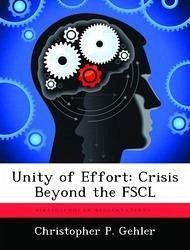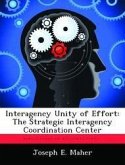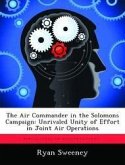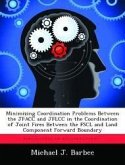This monograph examines joint doctrine's treatment of which component commander (land or air) controls operations between the fire support coordination line and the forward boundary within the Land Component Commander's area of operations. The Army and Air Force disagree over which component commander should control operations within this area. This monograph determines whether joint doctrine specifies or presents options for which component commander controls operations within this contested area or whether it simply presents overlapping responsibilities, without specification, that require further resolution to avoid confusion. The analysis uses specificity and consistency as criteria. Rather than explaining who should control operations beyond the FSCL, this monograph examines what joint doctrine says and how it resolves the interservice debate within the doctrine. The first part of the monograph introduces the research question and nature of the issue. The next section presents the services' positions within the debate. The monograph then examines the service doctrines side-by-side to determine their differences as well as their consistencies. Next, the paper examines joint doctrine in detail. The manuals examined include Joint Pub 3-0, Operations, JP 3-03, Joint Interdiction Operations, JP 3-09, Joint Fire Support, and JP 3-56.1, Command and Control of Joint Air Operations. The specific areas of the supported-supporting relationship, unity of effort, and the FSCL are covered in detail within the examinations of the service and joint doctrines. The monograph then examines the extent that two CINCs, CENTCOM and CFC Korea apply the doctrine directly. It determines what changes the CINCs see as necessary in the doctrine's employment. Finally, the monograph reviews the findings in the conclusion. The monograph finds that joint doctrine does not resolve the interservice debate between the Army and Air Force. Rather it presents overlapping responsibilities that requi








